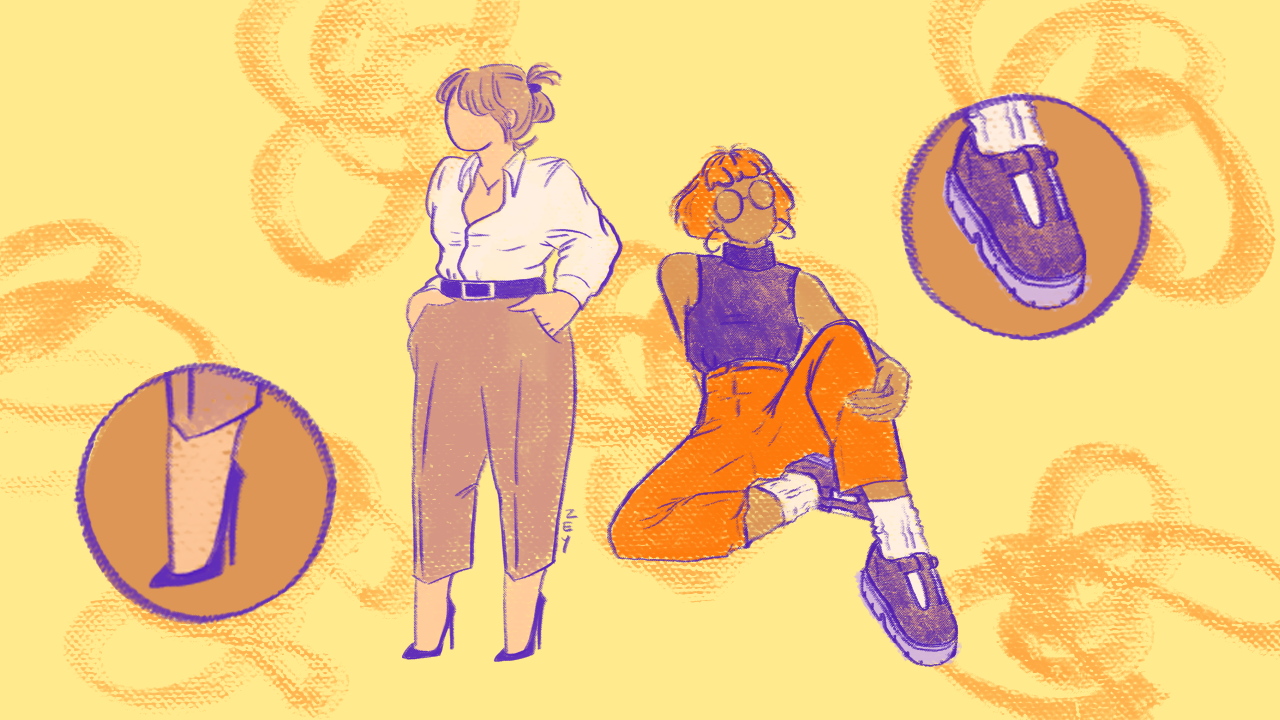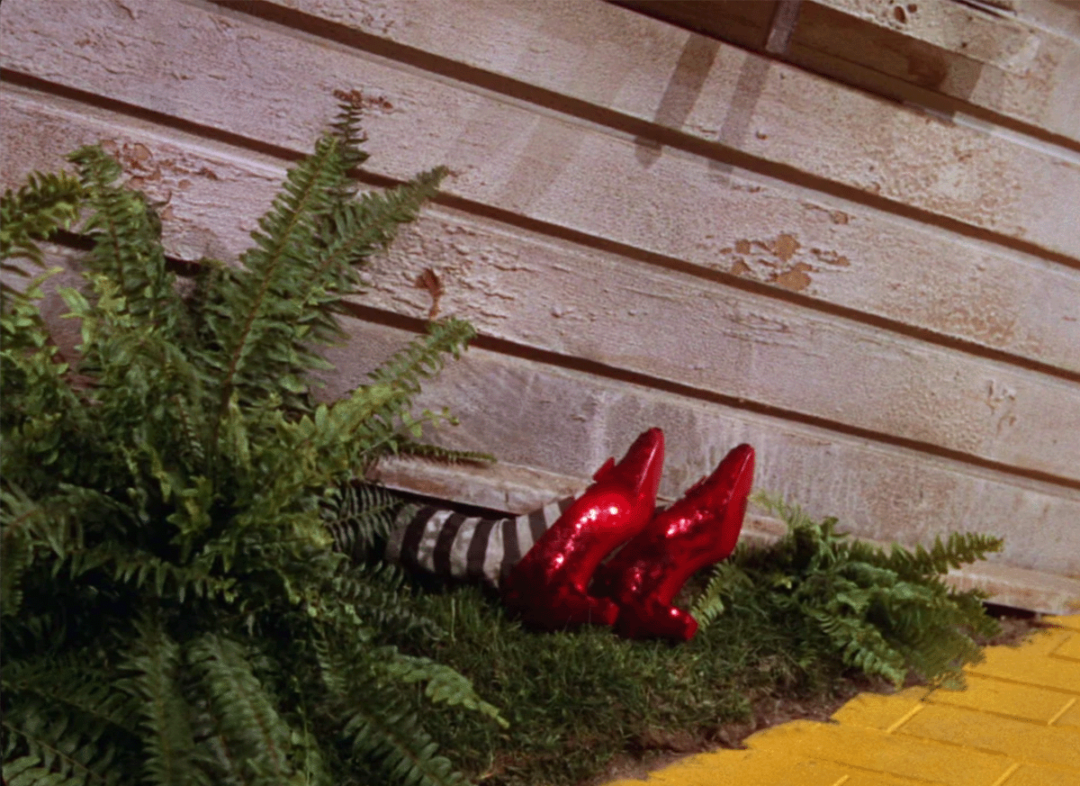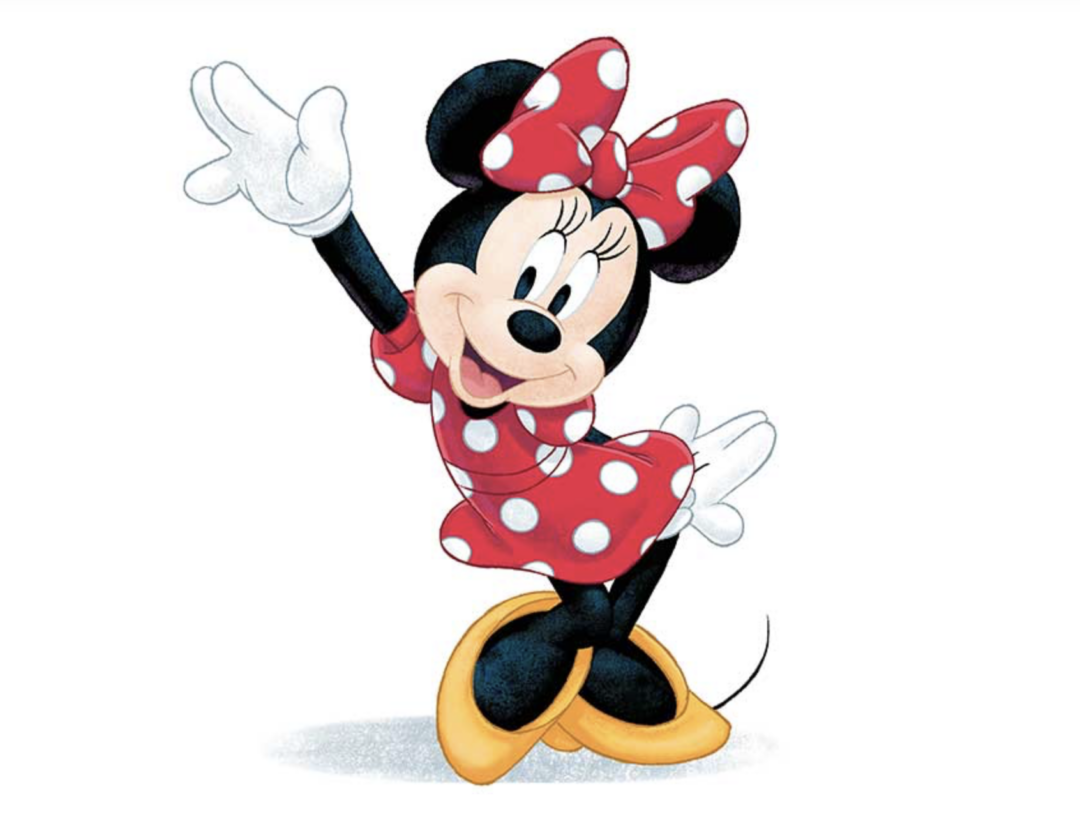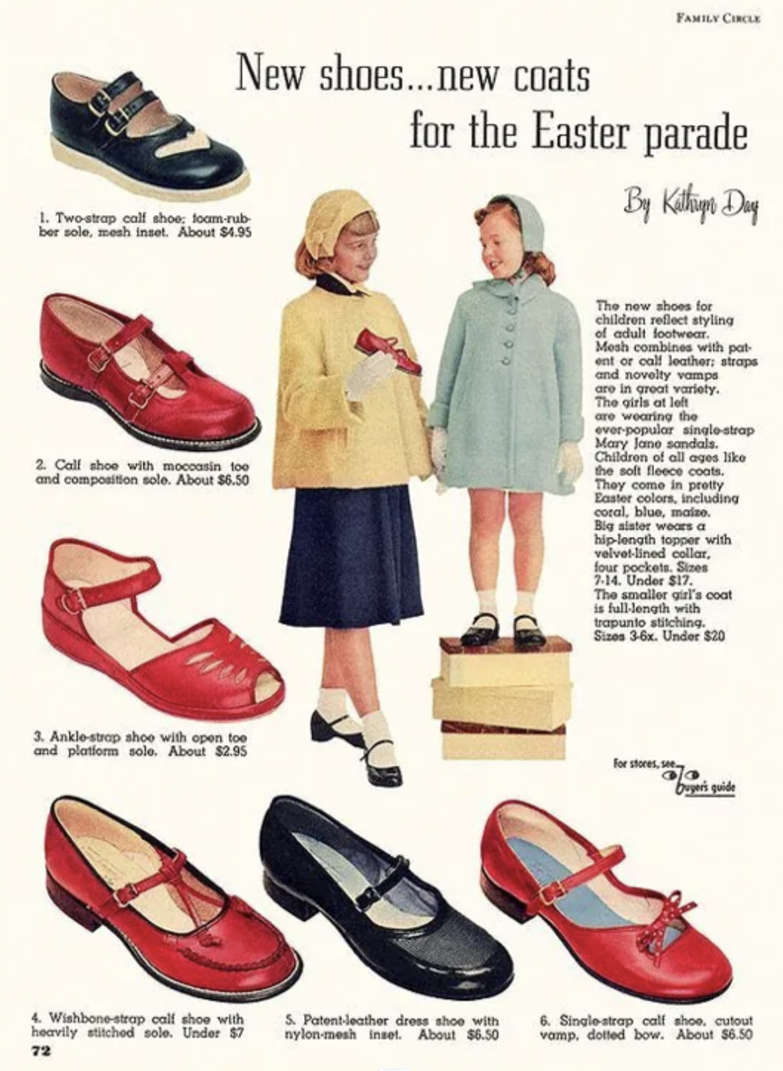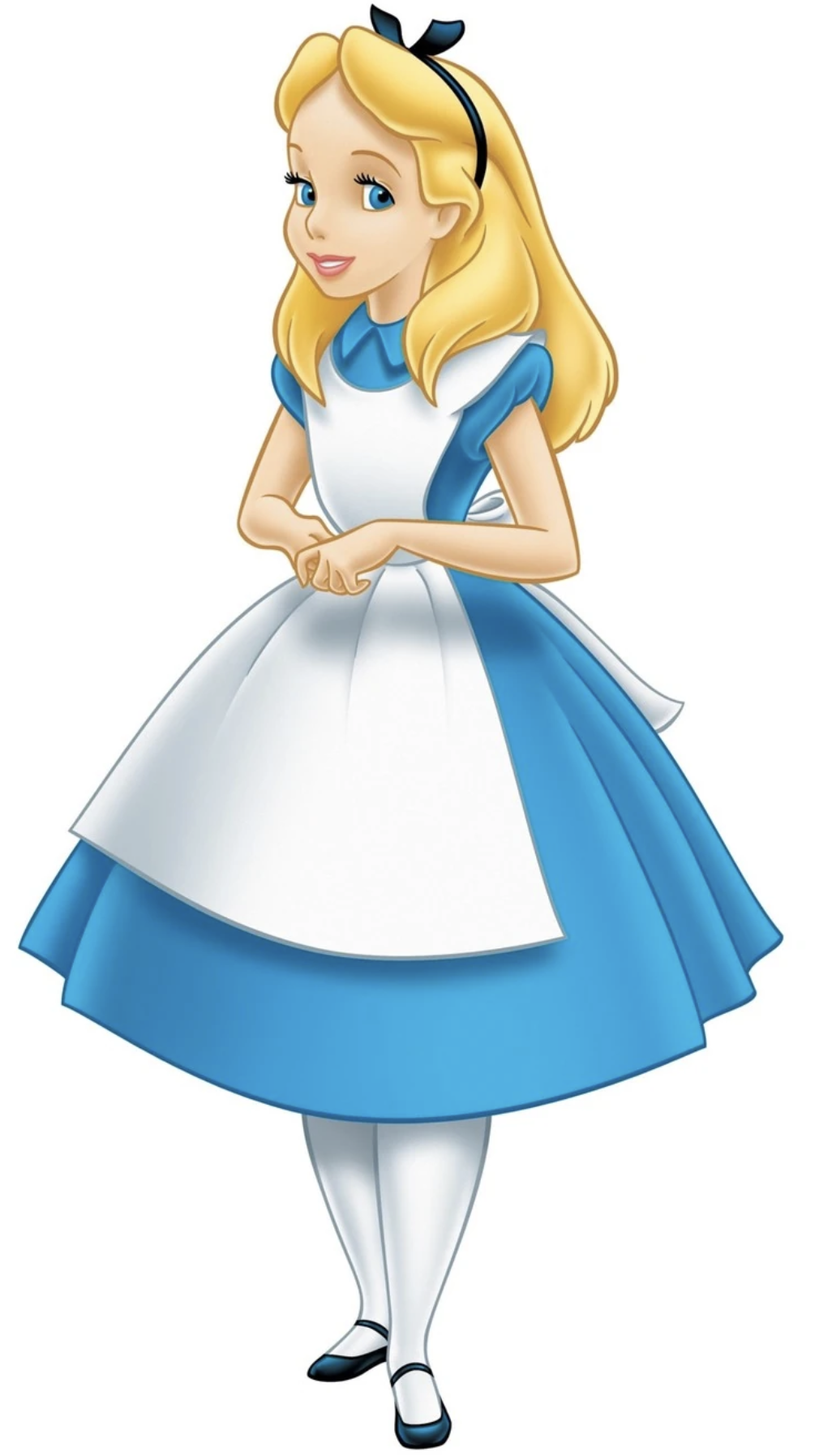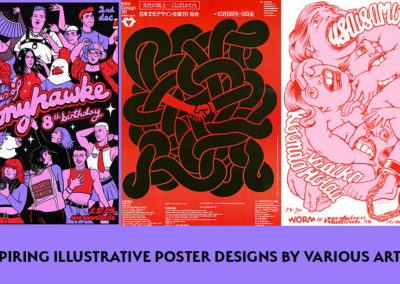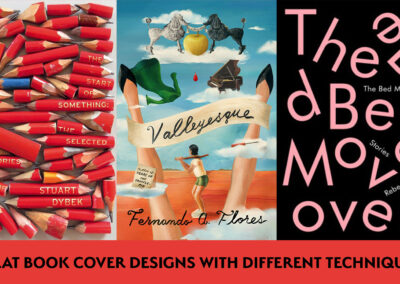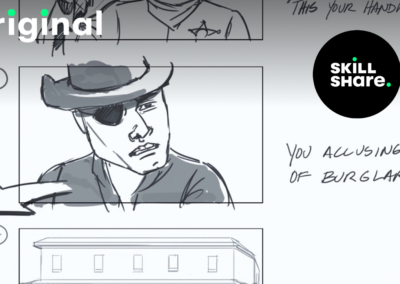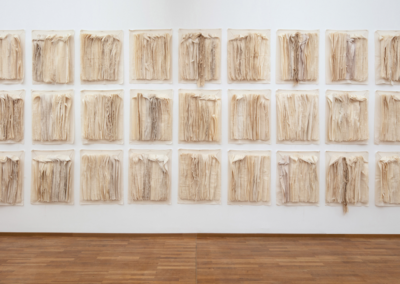This article is Part Two of our three-part, complete guide to picking right shoe models for your character design. If you haven’t already, be sure to check out Part One before continuing.
Sneakers, boots, stilettos, flip-flops… There are so many shoe models that we can draw for each character we design. But how do we choose the right one? In this 3-part article series, I am guiding you through some examples while discussing why it’s important to have a fashion sense in character design. Here is the second part!
In Part 1, I talked about different types of sneakers after explaining why it is important to pick the correct shoe models for your character drawings and giving a summary of all the models we can choose from.
Today in the second part of the series, I will be talking about high heels and flats, and what visual indications they carry. Let’s start!
High heels
High heels are very important to show certain attributes of a character. They are mostly quickly tied to the gender of the character or how sexual a character is, but also, they also give hints of the environment the character is in.
Let’s take two imaginary businesswomen. They may wear stilettos under these outfits in the office:
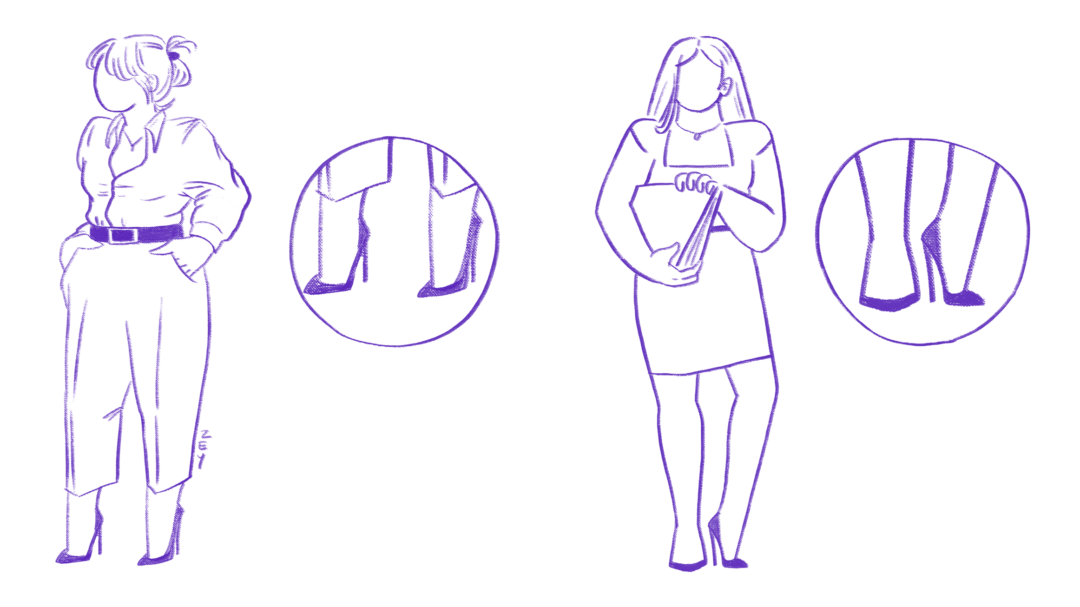
Now if we change the stilettos into high-heeled sandals, platform heels, or knee-high boots our perception of the characters changes. As you can see in the following example, just by changing the shoes, we take them out of the business feeling, or confuse the audience by paying too much attention to the footwear:
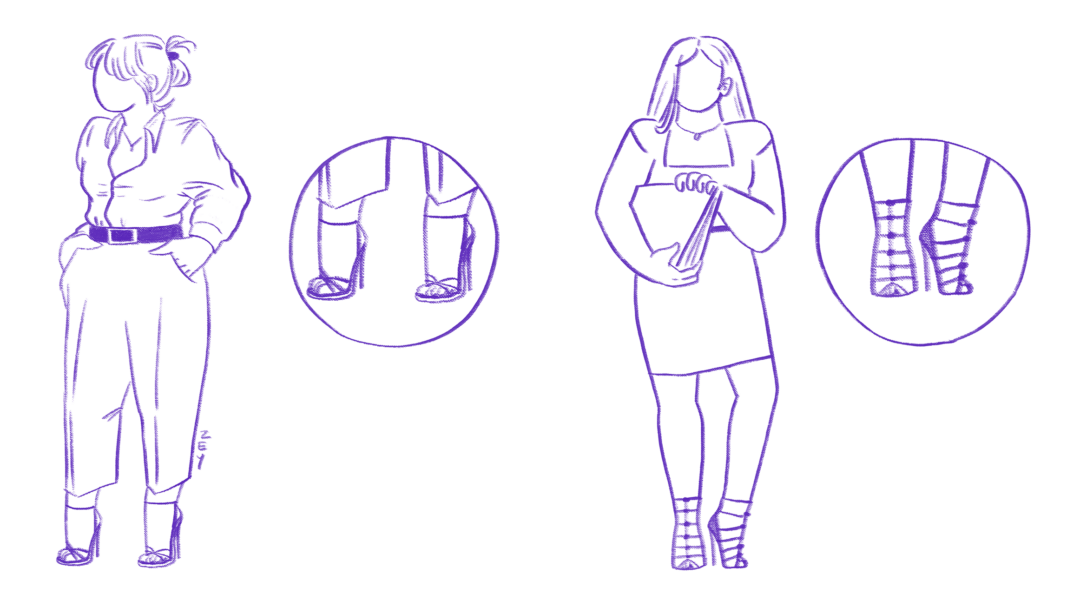
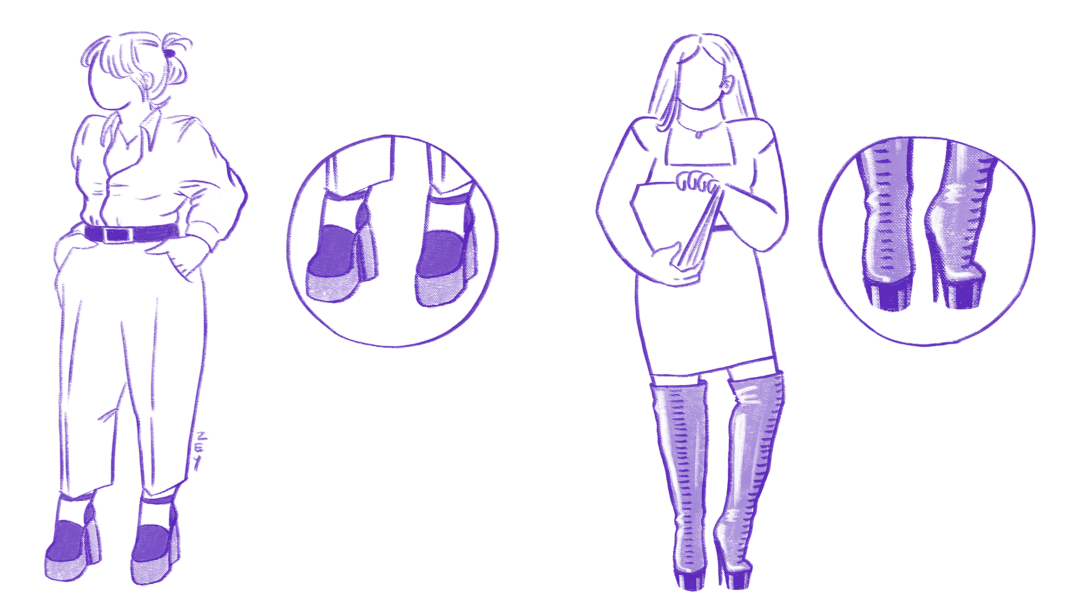
This is not because these shoe types are ugly or nobody should wear them, it’s simply because they don’t go with the atmosphere we are trying to create with these characters. Let’s remember the quote from the production designer of Walt Disney Animation Studios Cory Loftis, from Part 1;
“one of the key points of designing a character for film is to make your character not call attention to themselves. If you design something too cool or too remarkable, it will distract the audience and they won’t be able to follow the story (1).” So if we want the audience to see a businesswoman, we should draw details that are aligned with the visual expectations.
Therefore, I would say that these different shoes -the platforms, the knee-high boots, or the sandals- would go better when we are drawing a background person with slight differences in the outfits, for people who may be at a wedding, who are partying, or maybe we are trying to emphasize their fashion choices, like being in the show business.
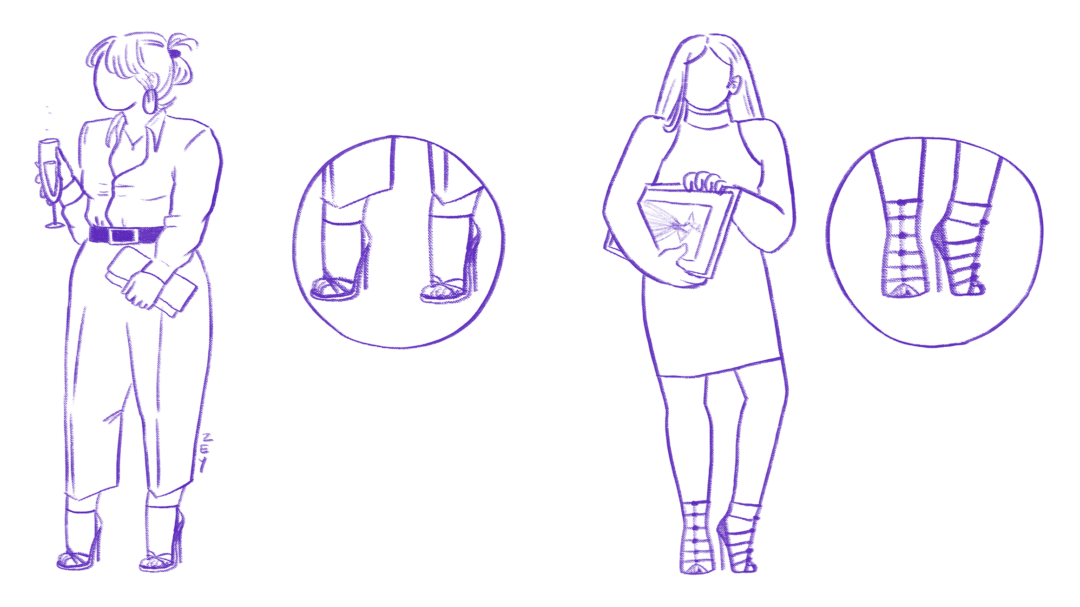
So, it is important to know what gives the feeling of a business atmosphere and what high heel and outfit combinations would create what kind of results. For example, here I‘m drawing the same people with better-suiting outfit combinations.
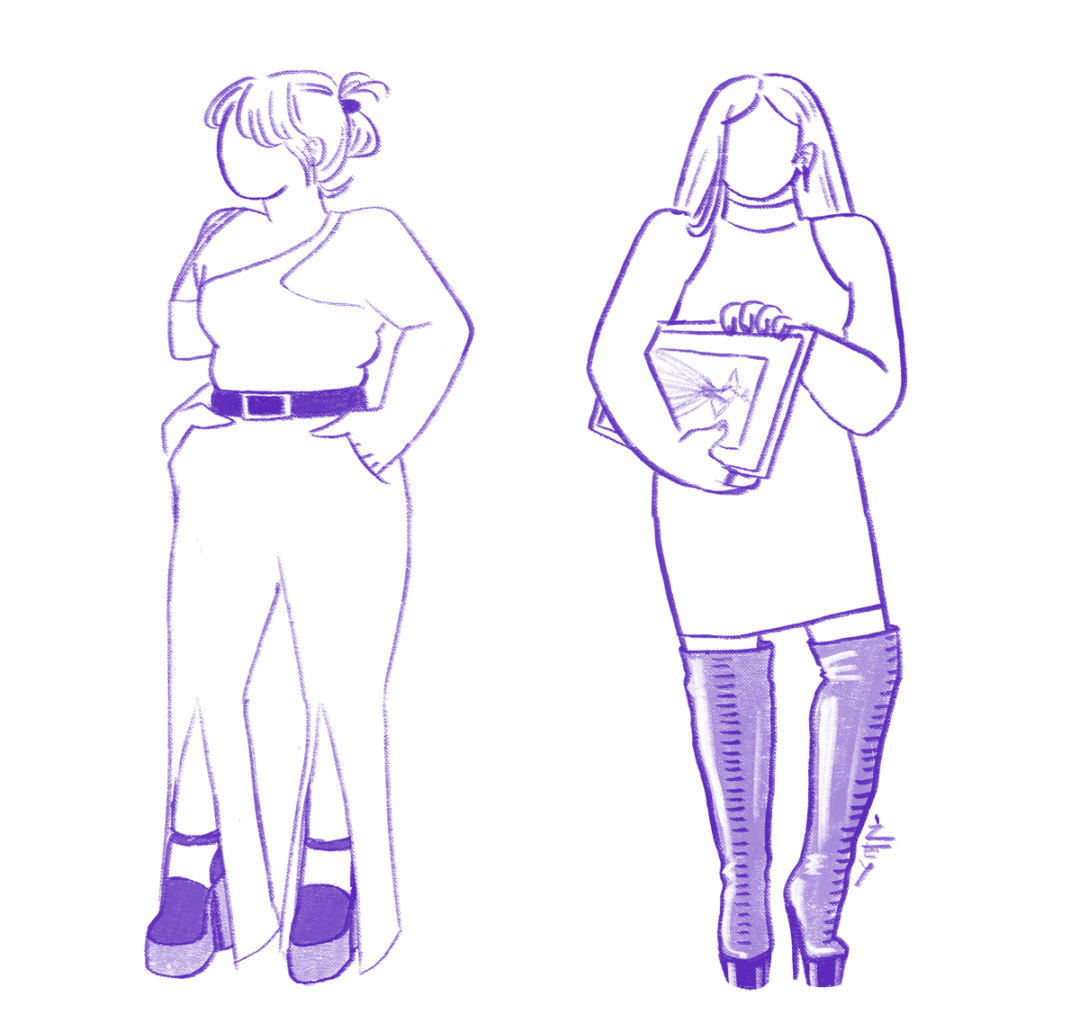
I must also add that negative stereotyping and misogyny are common in using high heels for visual hints. They can be used to imply that a woman is evil, or they can be used just to imply that a character is “female”.
As artists, it is important to know the stereotypes and use some of them to convey our message, but it is also crucial to not reproduce the negative stereotyping or to not contribute to any type of discrimination. It is challenging to not fall into the trap of harmful stereotypes when your main goal is to carry a visual message quickly, but in the end, it is worth it. Drawing a woman superhero or a doctor without high heels would be a good example of this.
Another example of creating diversity with the usage of high heels would be playing with the gender of the person who is wearing high heels. When the aim of the image is inclusivity, how artsy a character is, or when we want to draw characters that challenge gender norms, then it would be a good choice to consider this option.
Unlike high heels, dress shoes are seen as more gender-neutral. Shall we move on to talking about them?
Flats & Dress Shoes
Remember this businesswoman that I mentioned above? What if she wore flats or dress shoes?
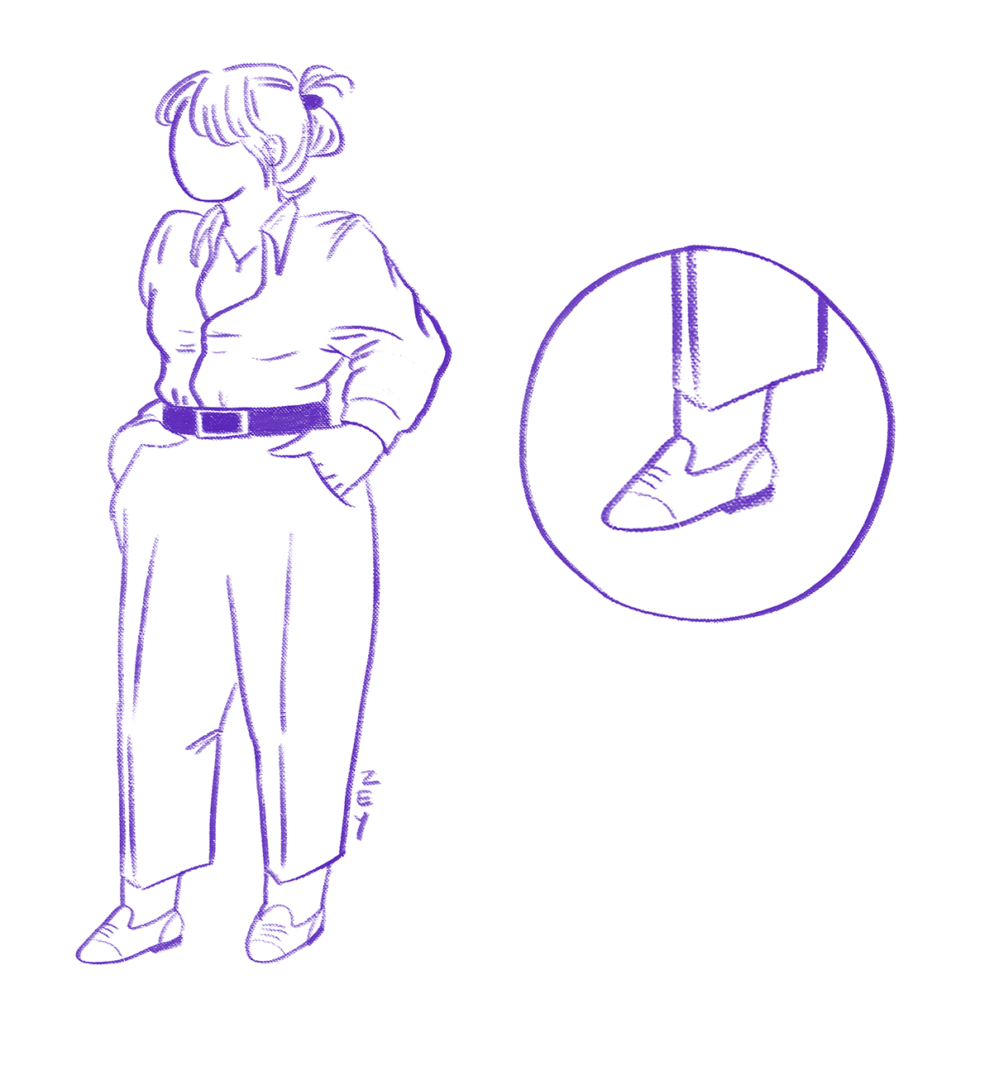
As you can see, when we draw dress shoes instead of high heels under the same outfit, it looks neutral in the sense that it can still preserve the understanding of a business setting. That is because these types of shoes are also attributed to formal settings. However, flat shoes with straps give a feeling of someone standing up a lot, therefore at first glance, it may imply that the person is a teacher, rather than a businessperson wearing high heels.
However, if we add glasses and maybe some books to the character, then there is no question that this person is a teacher.
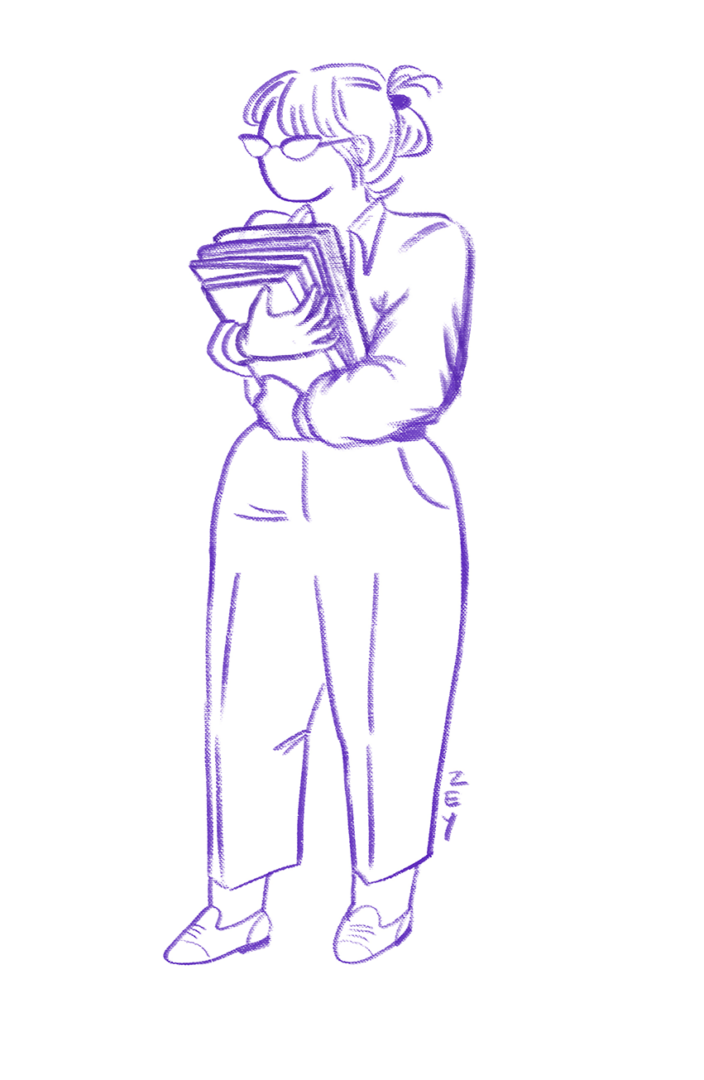
Stereotyping much? 🙂
Let’s continue with dress shoes with straps: A businessman or a grandpa (yes, the one from Part 1) can also wear the exact same shoes:

These shoes can also be used when drawing a background character that we are using as a filler and don’t want to draw much attention to:

The villain of a story, however, would probably wear shinier and pointier dress shoes. Let’s take someone like Marvel’s Kingpin and imagine his dress shoes.
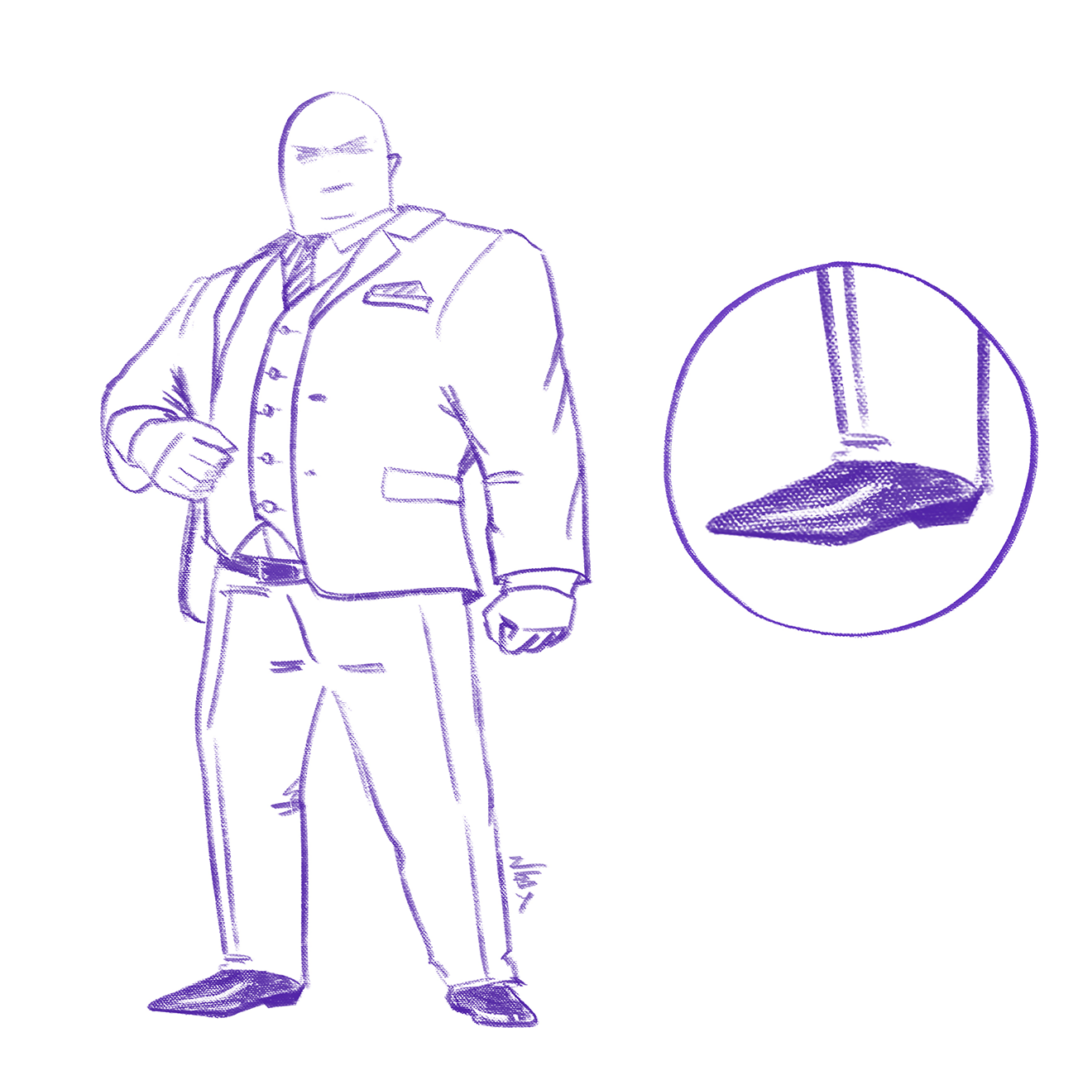
Just change the shoes and suddenly the character looks like he is a villain from a children’s animation film, an almost comedic one, rather than someone that really looks threatening:
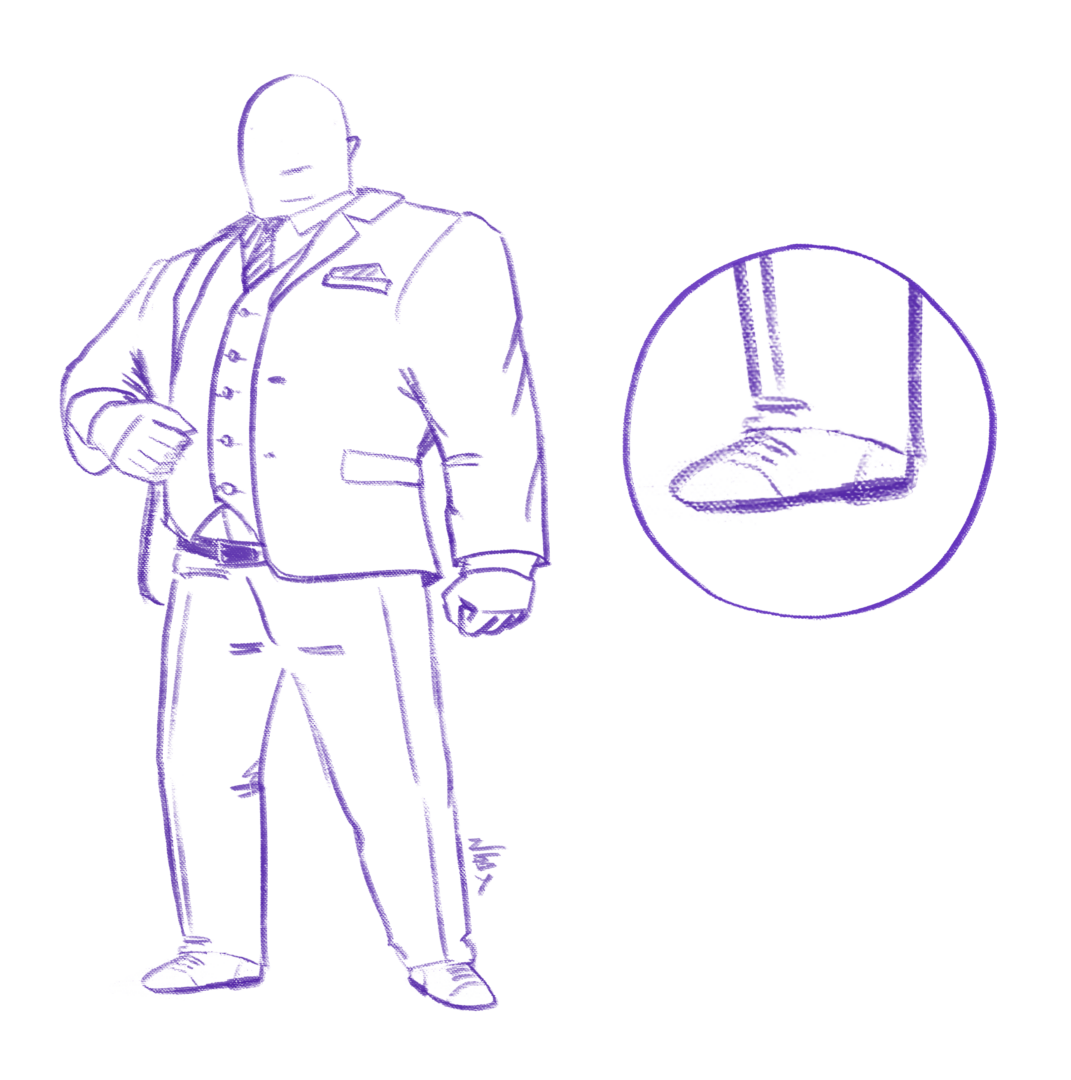
I think I gave enough examples of the usage of dress shoes for men in suits. But how about using them with other type of outfits?
Flats or ballerinas can also be used as part of a 50s or 60s outfit or a vintage Audrey Hepburn-ish look:
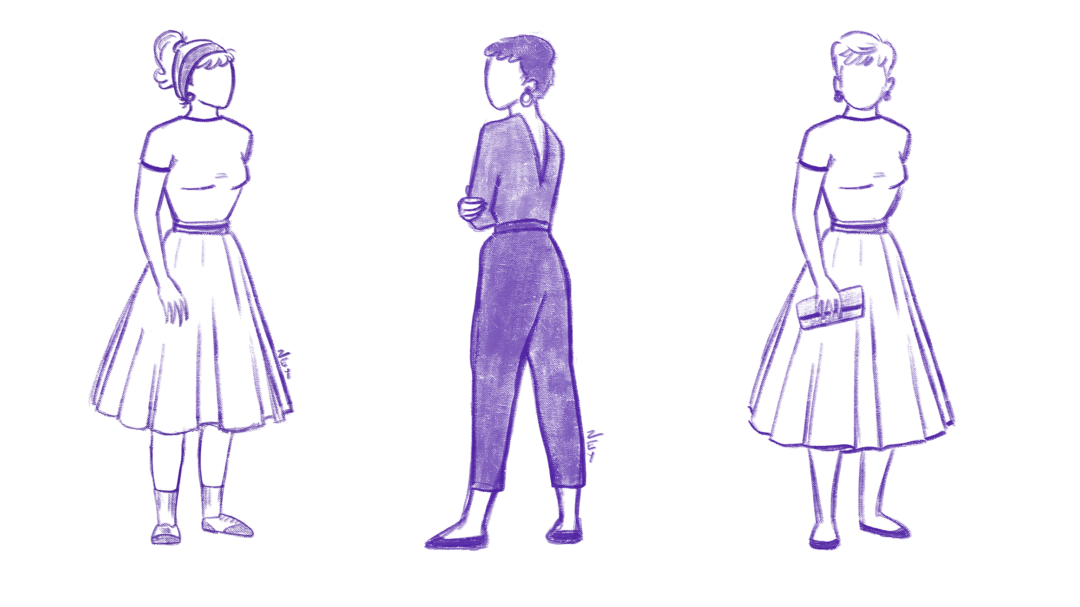
Ballerinas were used highly in some other eras too, but one can’t deny the effect of them when it comes to the beloved Audrey Hepburn’s iconic style.
I’d like to finalize the flat shoe types with another iconic model: Mary Janes. I think it wouldn’t be fair to the history of dress shoes if we didn’t mention them, as they are one of the most classical shoe models ever (https://blog.americanduchess.com/2022/08/the-history-of-mary-jane-shoes.html).
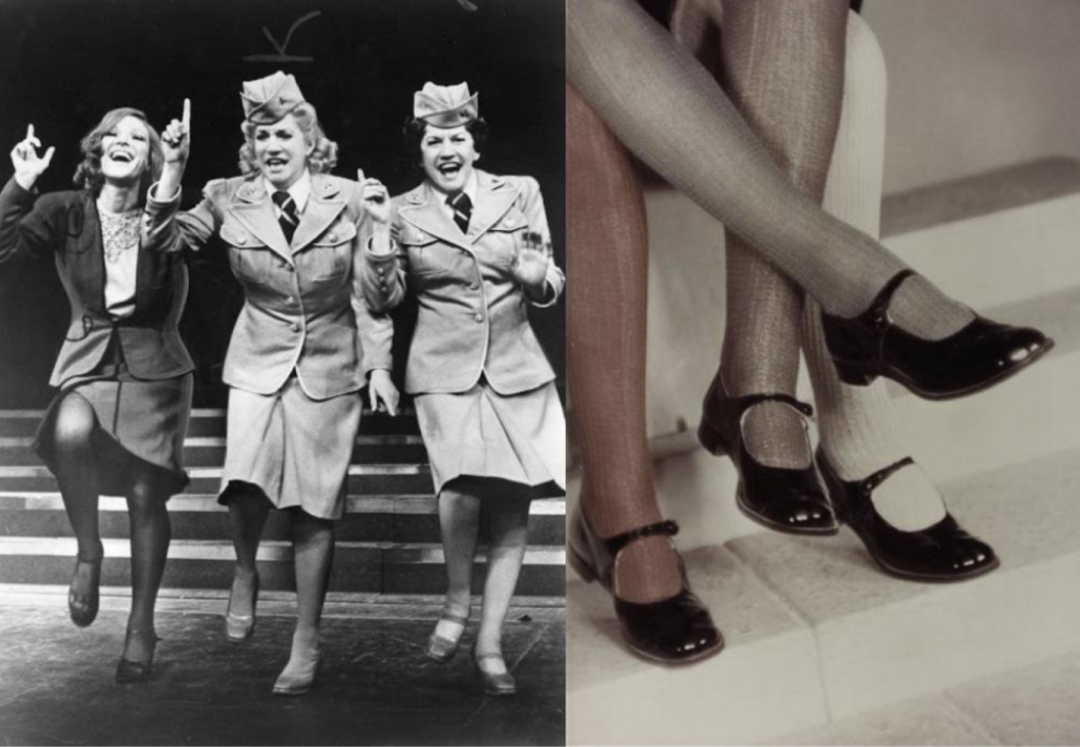
Mary Janes have been used in character design as a main component of children’s or women’s outfits, especially when designing vintage characters. We also see them often with characters that were designed in the 20th century.
As of 2023, Mary Janes are very trendy again, both classic ones and those with slight updates on the shape such as a square toe or a thicker sole. These updated versions can be used for a fresh look to depict young fashionable women:
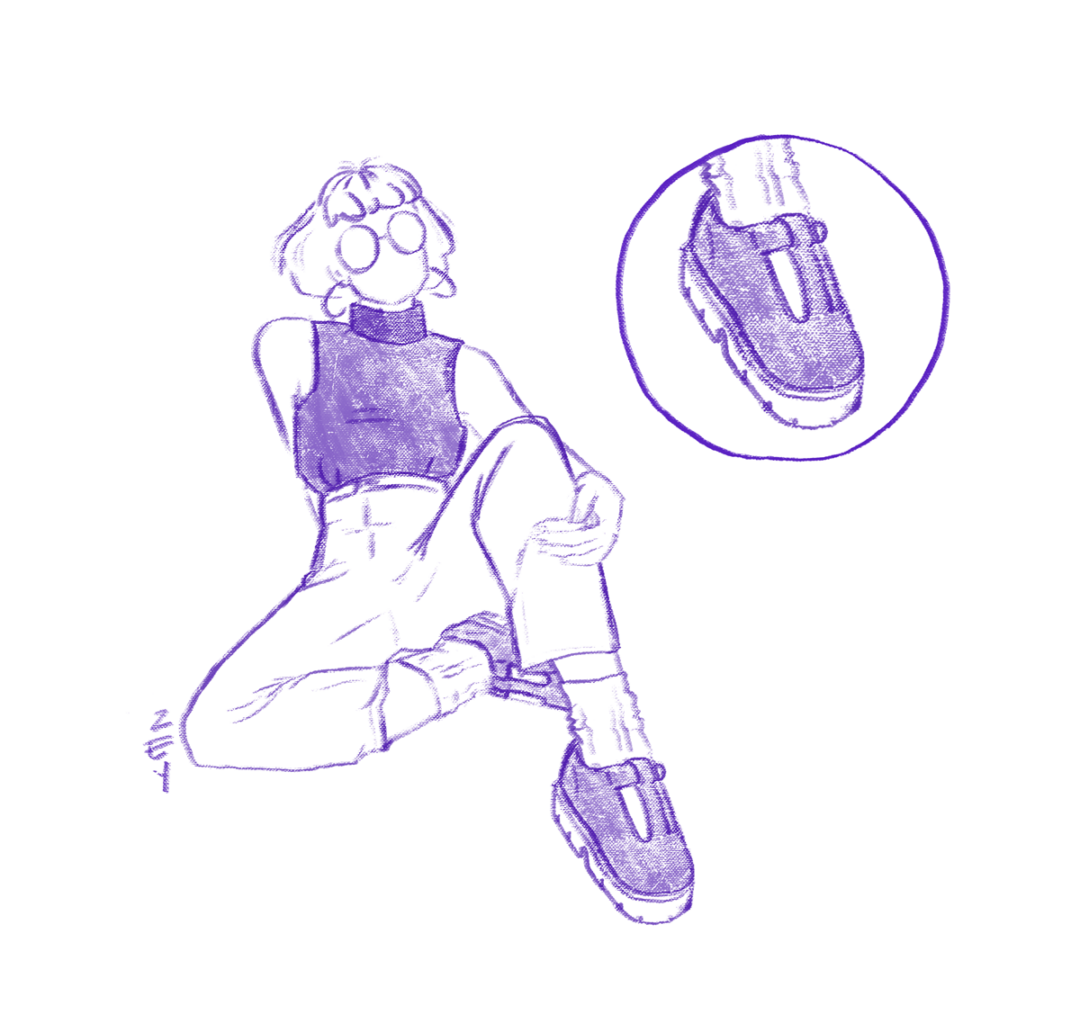
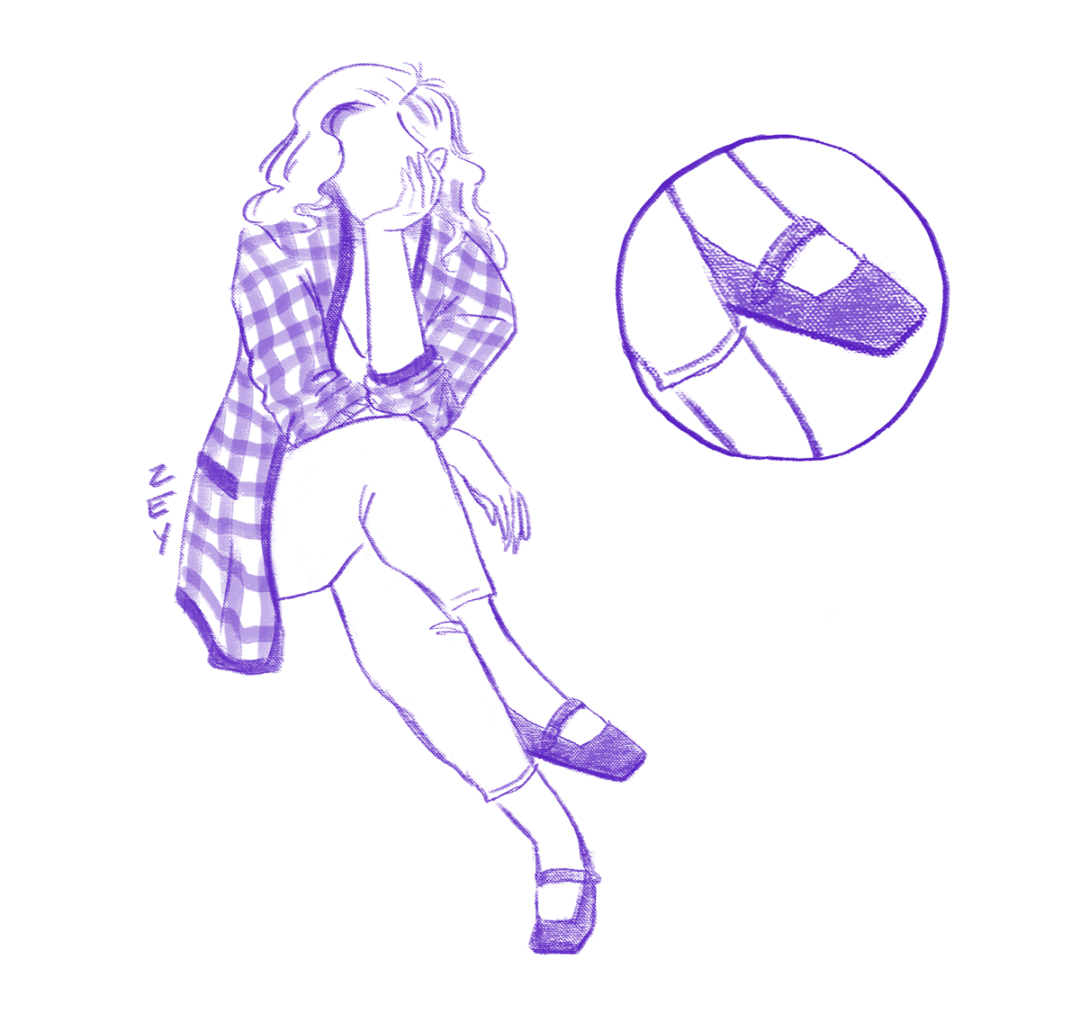
To sum up, various models of flat shoes can be drawn based on who your character is and what purpose they serve for your story. These shoes come in an endless number of models and styles, for all genders and ages.
Until now, in the first two parts of the series, I have talked about sneakers, high heels, and flat shoes. In the 3rd and final part, I will be talking about boots, sandals, and slippers. In part 3, just like I did in parts 1 and 2, I will be giving some examples of the sketches that I make using my Wacom One 13-touch pen display.
Are you also interested in illustrating your own characters? With its light pen design and instant pen sensors, Wacom One offers a comfortable drawing experience for anyone who wants to join the world of digital drawing.
Do you already have a Wacom tablet? Post your drawings on Instagram with the hashtag #madewithwacom so that we can repost them!
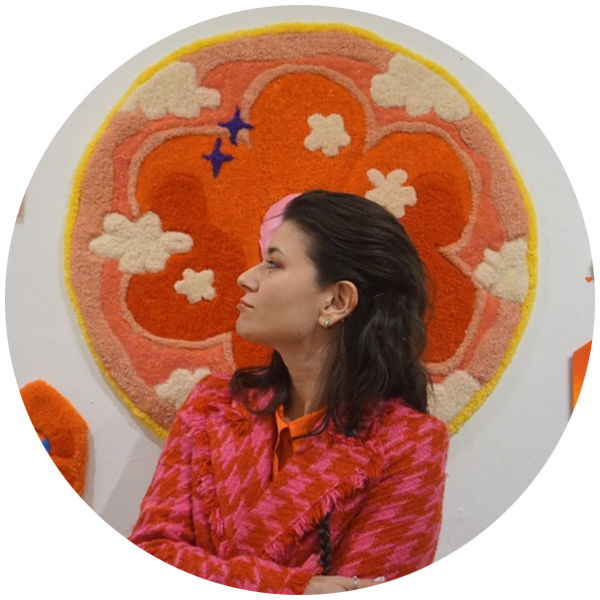
About the author:
Zeynep Alpay is a freelance multidisciplinary artist and illustrator based in Düsseldorf, Germany. Their work encompasses illustrations, animations, paper cut-outs, and traditional artwork.
For more information or to see more of Zeynep’s works, check out their portfolio, their Instagram, or their Linkedin.

